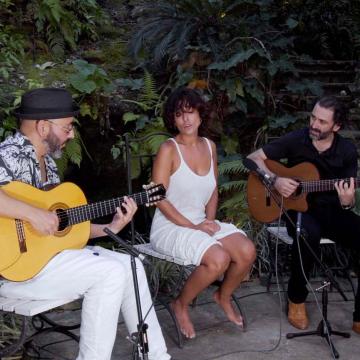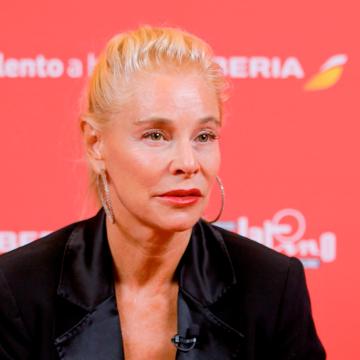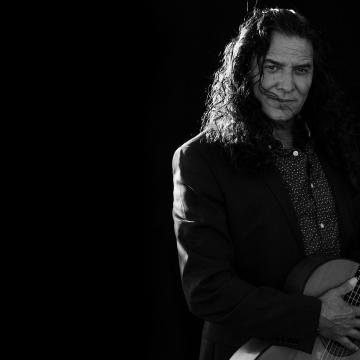Talent for comics and graphic novels is endless in Spain. Paco Roca, Ana Penyas, Paco Sordo, María Medem, Juanjo Guarnido, Teresa Valero… Do you want to get to know some of the best illustrators in the country?
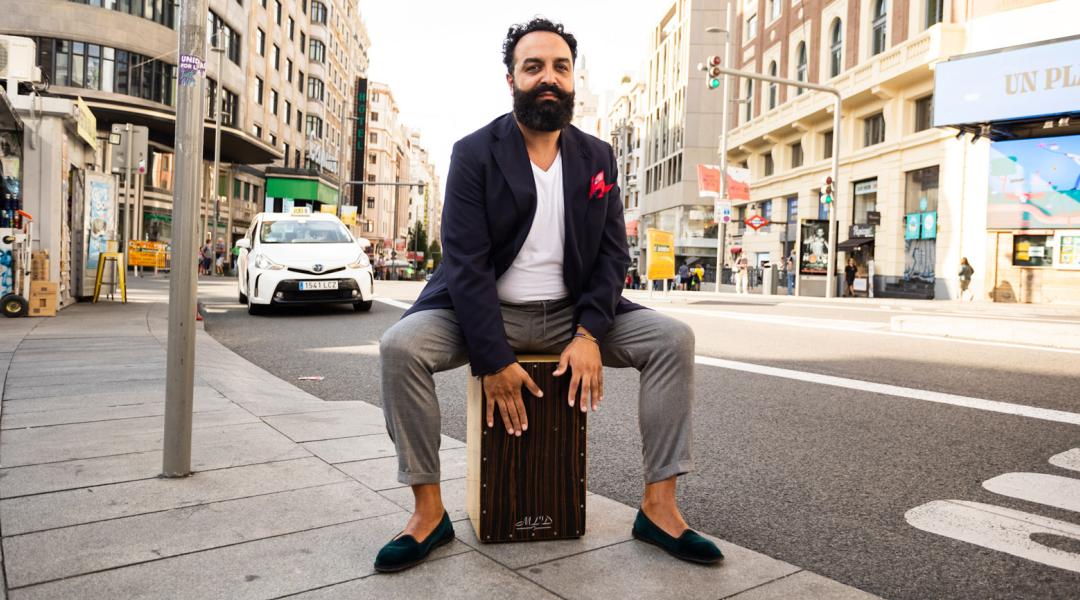
Nurtured from the cradle and enriched by his multicultural influences, the talent of percussionist Israel Suárez, better known as “Piraña”, has elevated the flamenco cajón box drum to cult instrument status. This is clear from his appearance in Volando, the musical documentary directed and written by Javier Limón that premièred in Madrid during the PLATINO Awards.
Israel Suárez (Madrid, 1982), one of the best flamenco percussionists of today has even been called “the Miles Davis of cajón”. His sensibility for blending rhythms and sounds from other influences, such as Latin jazz, have resulted in his own contemporary and racial style, transcending orthodox ideals. Although he defines the cajón box drum as a simple instrument, his hands make it beat passionately, full of nuance. “The cajón box drum is a very limited instrument, but conveying emotion is the most important thing”, he tells us. Paco de Lucía was the one who discovered this vernacular instrument from Afro-Peruvian music and decided to bring it to Spain in 1977. Today, the cajón box drum is not only part of flamenco, but also enriches the spirit of a wide range of musical genres.
How did you discover the cajón?
I discovered it when I was little; at home, we’re all musicians. I grew up listening to it. I’m 39 years old and Paco performed in Madrid 35 years ago. He caught my attention. I remember that the cajón box drums I had when I was little were made with the speakers from the stereo system at home. The one we play now is the same as the one used for pop and Latin jazz.
Is a cajón player born or made?
There are people who learn and others who are born with this gift. It’s like being a flamenco singer. If you have that intuition, everything is much easier. It’s a way of creating, of living life when you’re young. We always had a guitar at home, my father sings, but I have a terrible voice and I play the guitar occasionally, for a short while. It was love at first sight with the cajón. My brother, Ramón Porriña, is my idol, I loved how he played and identified with him.
The flamenco cajón is a great unknown, at least for the general public. How is it related to such a seemingly distant style as Afro-Peruvian music?
Afro-Peruvian music has a lot of 6x8 rhythm and so does flamenco. There are metrics that are closely related to both Peruvian and Latin music, in general, and African music as well. If planes hadn’t existed, Paco de Lucía would never had seen Caitro Soto play the cajón box drum at a party organised by the Spanish Embassy in Lima. In El viaje del cajón, a documentary he made with Javier Limón, he explains how, when he saw the cajón, he saw the perfect instrument for flamenco artists, gypsies. He said that it was the bass and treble of the feet of flamenco dancers. Paco shared his impressions with his percussionist, who was master Rubem Dantas, at the time. When they brought it to Spain and flamenco artists saw it, they went wild. It’s a small instrument that’s very gratifying to play. It’s already a part of us.
Beyond its versatility, do you think it’s a social symbol?
Perhaps. Because not everyone could have a drum kit at home. But those who couldn’t afford to buy a cajón box drum would break a stereo speaker, attach some plywood and they were all set. In fact, the cajón came from the boxes of those travelling on boats in the 14th century who were in financial straits. Now it has evolved a lot, there are many brands.
"Paco de Lucía explained how, when he saw the cajón, he saw the perfect instrument for flamenco artists, gypsies. He said that it was the bass and treble of the feet of flamenco dancers"
Besides the fusion between the Afro-Peruvian cajón and the flamenco cajón at the end of the 1970s, which other paradigms have surrounded this instrument?
With Alain Pérez, Caramelo and Jerry González, we created a movement 18 years ago: it arose from a jam session and turned into something new. Playing the cajón box drum with Latin jazz musicians was a culture shock and I contributed what I knew to that experience. Shooting Calle 54 with Fernando Trueba, next to Chano Domínguez, I met the master Giovanni and Bebo Valdés, and we created a great fusion with Latin jazz. Currently, there’s a branch of flamenco artists who play the cajón with much more information than what I had, thanks to this fusion and Cuban music.
During your professional career you’ve collaborated with great artists from very different disciplines. Which is the most memorable?
For me, the most important artist I’ve played with is Paco de Lucía. A childhood dream came true. Within flamenco, you grow up listening to his music. When my friend, Javier Limón, told me Paco wanted me in the studio, I didn’t eat for three days. I’ve played with leading artists such as Bebo Valdés, and endless fantastic musicians, who are masters of their craft, but Paco left a lasting impression on me.
What would you highlight about him?
His personality, especially. Musically, whatever I say will be an understatement. He was an excellent person, very humble and humane. He listened to you, he’d have coffee with you. I was surprised that if there wasn’t a restaurant at the airport, he’d go with you to the fast food place, and that was surprising considering who he was.
Your brother Ramón Porriña, Antonio Carmona, Rubem Dantas… have had a major impact on you. But what other influences have had an effect on your style?
I’m someone who loves to listen to music. At home, I was the odd one out, because as well as flamenco, I also listened to Joan Hidalgo, Changuito, Tata Güines... I loved Latin jazz, Caribbean music, South-American music, Afro-Cuban music... I think it’s good to be inspired by several sources and apply them to your style.
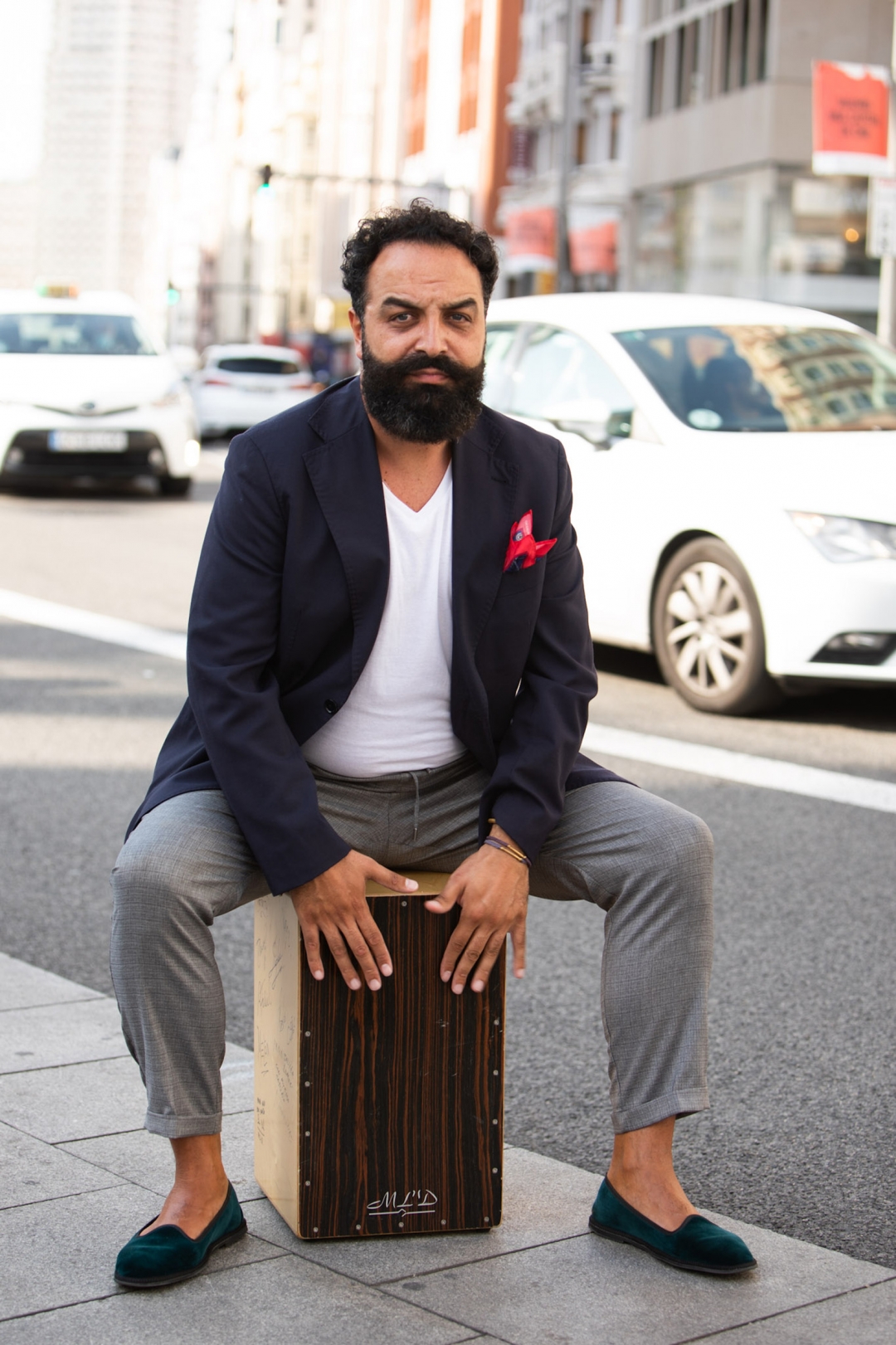
"Piraña" ha elevado el cajón flamenco a instrumento de culto. © Photo by Bitz Sanz
And which have been Israel Suárez’s contributions to the flamenco cajón? How would you define your style?
I followed the path of Master Rubén, Antonio Carmona and my brother Ramón, who paved the way. Then I’ve taken some bends, to add some personality. It’s been easier for my generation because we’ve had more foreign musical information, and that enriches you. Then, you have to make it your own.
How did the idea of taking part in the Volando documentary come about?
I’ve been friends with Javier Limón, the director and composer, since way back; he told me about an idea he wanted to turn into a documentary, and I loved it. We’ve truly had a great time filming.
What’s been the most rewarding thing?
Many things. We say that people and music go together. Filming involved travelling to several places, and getting to know their culture has been very rewarding. Multicultural participation shows that music can fly anywhere and be everywhere.
Which projects are you currently working on?
I’ve just recorded an album called Lágrimas de mujer, a homage to Lágrimas Negras by Bebo and El Cigala, with four women. In November, I’ll release a single from my album, called Son Tres. I’m also working on the documentary El piano de Bebo with nine great pianists. The idea came about because at Javier Limón’s studio, there’s a piano that belonged to a Cuban artist, and we also want to make a small record with him.
You’re distinguished as one of the best cajón players in the world, how far would you like to fly?
I would like people to discover the world of cajón, of flamenco, which is where I come from, and say good things. The most important thing is to convey emotion and to make a good impression on the audience, for them to say: “I saw his concert and had a wonderful time!”.
“Multicultural participation shows that music can fly anywhere and be everywhere”
